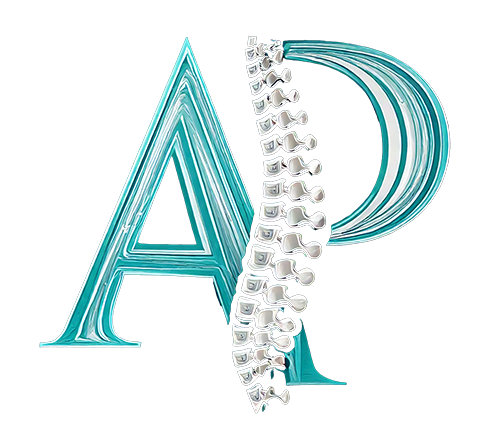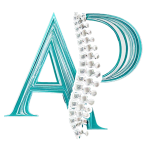Tennis Leg
Racket sports encourage movements that can lead to Tennis Leg. This is a colloquial term for an upper calf injury. The muscles at the top of the calf are involved in ankle plantarflexion (pointing the toes). Sports like tennis, squash, and badminton sometimes require powerful use of this muscle, for example when lunging forward quickly with a straight knee.

What is Tennis Leg?
Most often, this is a tear of one of the muscles of the calf: the gastrocnemius. Less often it is a plantaris tendon rupture. It comes on suddenly, and can be directly caused by the movement mentioned above. Sometimes it will feel like the calf was kicked, or something popped. After onset, pain is brought on by stretching or engaging the calf. Therefore, you may find yourself walking on tip-toes on the affected side.
This injury can present with a tracking bruise. Alongside potential local bruising, there may be a significant bruise in the foot or ankle- immediately below the injury. This is the same process that happens with some ankle sprains: a bruise is made of blood, and blood can pool under gravity.
Osteopathic Treatment
As Tennis Leg is a minor sports injury, your osteopath is qualified to help you.
The first two weeks after onset make up the acute period for soft tissue injuries like this. There are a lot of things you can do at home to minimise discomfort and facilitate healing at this time, and your osteopath can give you tailored advice. However, the basics are:
- Apply a cool compress
- Elevate the leg to prevent excess swelling
- Use a support with gentle compression
- Reduce weight bearing temporarily: crutches may be beneficial
After the initial inflammation subsides, the body begins to repair. At this point, it is important to be using the leg to some extent in order to help with remodelling. Your osteopath can help with work to the soft tissues as well as more advice.
Recurrent Injury
As part of your treatment plan, your osteopath will want to work on prevention of future episodes. Alongside stretching and warming up before exercise, we will look for other factors that may have played a role. Restrictions in the hip or ankle may cause overloading of the calf, so treating these issues could help with prevention in the future.
About 1/5 people report having felt some general calf tightness in the days leading up to their injury. If this applies to you, it will be especially important to work on calf tension as part of your rehabilitation.
Regular stretching is easiest to do when it becomes part of a routine, but establishing that routine can be the hard part for some people. If this applies to you, you might find that having a visual reminder helps- such as a foam roller. Seeing the tool you need to use can be enough to get you into that routine, so mention this to your osteopath if it would help you.
Book an appointment online to manage your sports injuries

